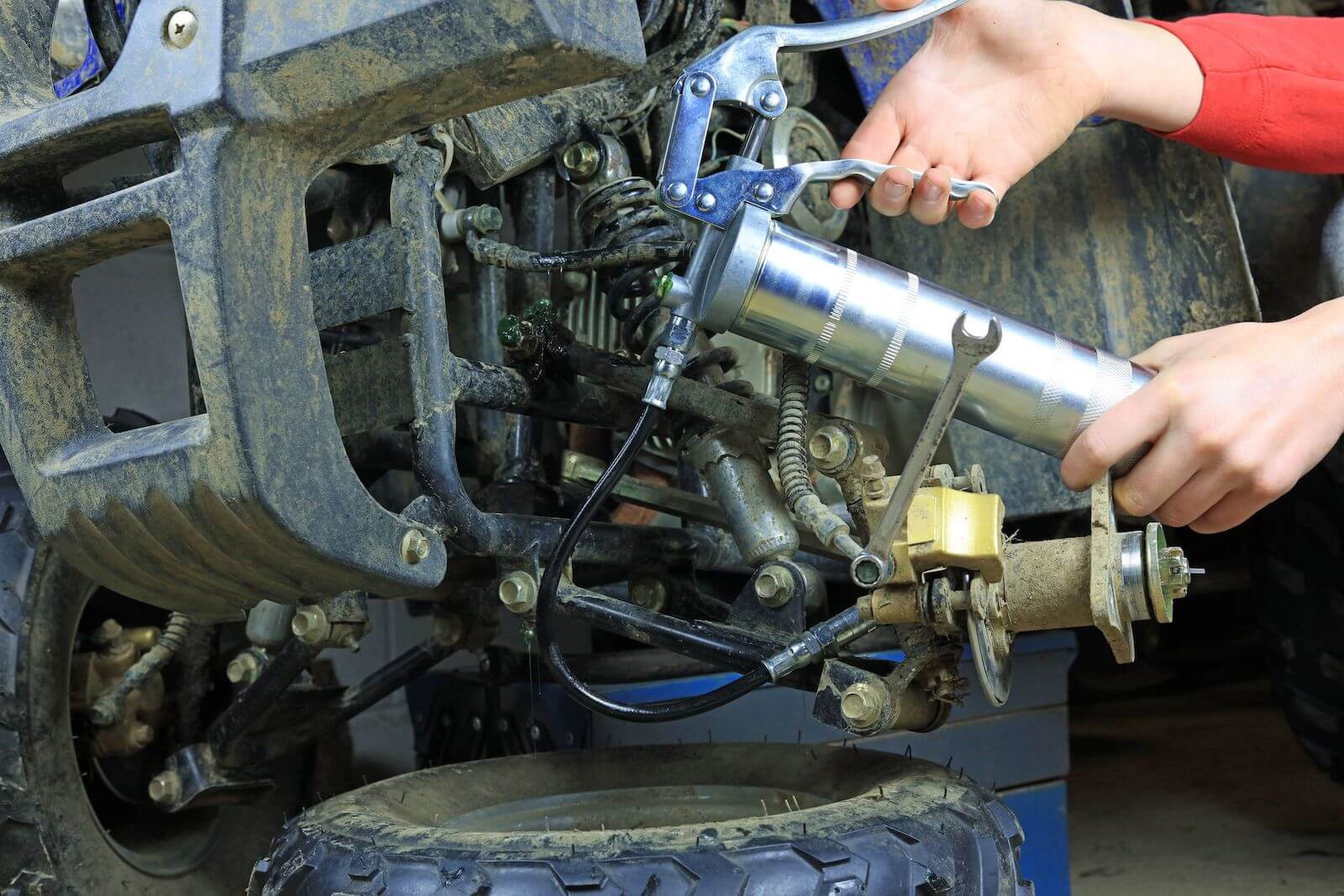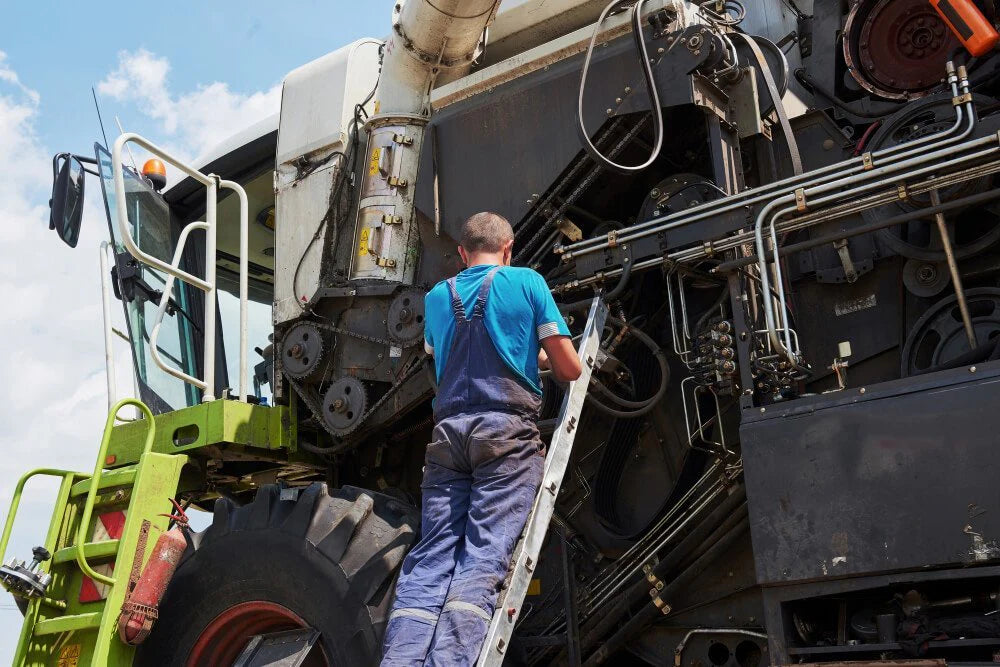Providing suitable shelter is vital for the well-being and safety of farm animals. Whether you’re raising chickens, goats, cattle, or pigs, constructing a proper shelter is essential to protect your animals from harsh weather conditions, predators, and other potential hazards.
In this comprehensive guide, we will explore the key considerations and steps involved in building a shelter for your farm animals. From choosing the right location and materials to designing a functional layout, we’ll cover everything you need to know to create a comfortable and secure environment for your livestock.
Assessing Your Animal’s Needs
Before embarking on the construction of a shelter, it is crucial to evaluate the specific needs of your farm animals. Consider the following factors:
1. Species and Breeds: Different animals have varying shelter requirements. For instance, chickens need roosting poles, nesting boxes, and adequate ventilation, while goats may require space for climbing and foraging.

2. Climate and Weather Conditions: Adapt the shelter design to suit your local climate. Account for temperature extremes, precipitation, wind, and sunlight exposure. Insulation, ventilation, and shade provision are key considerations.
3. Space Requirements: Determine the appropriate space needed for each animal, including resting areas, feeding stations, and exercise areas. Aim for adequate space per animal to ensure their comfort and reduce stress.
Fact: Animal stress is the #1 cause of disease, low production, and death in farm animals. Stress-free animals = stress-free (ish) farmers.
Choosing an Ideal Location
Selecting the right location for your animal shelter is crucial for their well-being and the efficiency of farm operations. Consider the following factors when deciding where to build:
1. Accessibility: Ensure easy access to the shelter for feeding, cleaning, and general management. It should also be conveniently located in relation to other farm structures.
2. Drainage: The chosen location should have proper drainage to prevent water accumulation and mud formation. Standing water can lead to health issues and compromise animal welfare.
3. Natural Features: Utilize existing natural features such as trees, hills, or buildings to provide additional protection against wind, sun, and other elements.
Designing the Shelter
Designing a functional and efficient shelter involves several important considerations. Here are key factors to keep in mind:
1. Structure and Materials: Select durable and weather-resistant materials that suit your budget and climate. Standard options include wood, metal, or a combination of both. Ensure adequate structural support to withstand potential stressors.
PRO TIP: Use green-treated lumber for wood structures that will be exposed to the elements and for those near, on, or in the ground.
2. Roofing and Ventilation: A solid roof that keeps out rain and snow is essential. Additionally, incorporate proper ventilation systems to regulate temperature, reduce moisture buildup, and maintain air quality.
PRO TIP: Includes fans to help reduce fly populations. (They don’t like turbulence any more than humans)

3. Flooring: Choose flooring materials that are easy to clean, nonslip, and comfortable for animals. Options include concrete, gravel, or rubber mats, depending on the animal’s needs and preferences.
4. Lighting: Natural light is beneficial for animal health and well-being. Consider incorporating windows, skylights, or transparent roofing materials to allow for ample daylight.
5. Accessibility: Design doors, gates, and pathways that facilitate easy movement of both animals and caretakers. This ensures efficient daily operations, such as feeding, cleaning, and health monitoring.
Pro Tip: Keep feed conveyors and automated feed systems greased for smooth operation. We recommend using a Lube-Shuttle® Hobby Farm Greasing Kit. It features a revolutionary, mess-free, thread-in greasing system that eliminates the headaches of greasing along with a case of grease that is rated for hobby farm use. It’s perfect because you have a grease gun that works and doesn’t leak and grease you know is right for the job!
Construction and Safety
The construction phase is critical to ensure the shelter’s safety and durability. Pay attention to the following aspects:
1. Foundation and Drainage: Create a solid foundation to support the structure, considering the soil type and stability. Incorporate appropriate drainage systems to prevent flooding and water-related issues.

2. Fencing and Security: Install appropriate fencing to protect your animals from predators and keep them within designated areas. Ensure the fencing is sturdy and well-maintained.
3. Fire Safety: Implement fire safety measures, such as installing fire extinguishers and smoke detectors, and keeping flammable materials away from the shelter. Have a clear emergency plan in place to evacuate animals in case of a fire.
4. Ventilation and Insulation: Proper ventilation helps maintain good air quality and prevent the buildup of harmful gases. Insulation, on the other hand, is crucial for regulating temperature and providing comfort during extreme weather conditions.
5. Hazard-Free Environment: Ensure that the shelter is free from potential hazards such as sharp edges, protruding nails, or toxic substances. Regularly inspect the structure for any signs of wear and tear and promptly address any repairs or maintenance requirements.
6. Consider Future Expansion: Anticipate future needs and growth of your animal population. Allow for flexibility in the shelter design to accommodate additional animals or the expansion of your farming activities.
Maintenance and Upkeep
A well-maintained shelter is essential for your farm animals’ long-term health and safety. Here are some maintenance tips:
1. Regular Cleaning: Maintain a clean environment by regularly removing waste, bedding, and debris. This helps prevent the spread of diseases and ensures optimal hygiene.

2. Repairs and Upgrades: Conduct regular inspections of the shelter and address any repairs promptly. Replace worn-out materials, fix leaks, and reinforce structural components as needed. Pro Tip: Keep a bottle of Wagner Universal Ceramic Spray and Chain Lube on hand to keep gates and hinges well-lubricated! It doesn’t evaporate, making it the perfect long-term lubricant solution!
Wagner Universal Ceramic Spray and Chain Lube
Universal Ceramic Lube is a specialized adhesive lubricant ideal for rollers, chains, worm gears, open bearings, and all other open surfaces that require lubrication.
shop now3. Seasonal Adjustments: Make necessary adjustments to the shelter based on changing weather conditions. Install additional insulation during cold seasons and provide shade or cooling systems in hot weather.
4. Pest Control: Implement measures to prevent and control pests such as rodents and insects. Regularly inspect and seal any openings that may allow pests to enter the shelter.
In conclusion
Building a suitable shelter for your farm animals is an integral part of being a responsible hobby farmer. By assessing your animals’ specific needs, choosing an ideal location, designing a functional structure, ensuring safety, and maintaining regular upkeep, you can create a comfortable and secure environment for your livestock.
Remember, a well-designed and well-maintained shelter contributes to the overall health, happiness, and productivity of your animals. Prioritize their well-being, and your hobby farming journey will be rewarding and successful.







